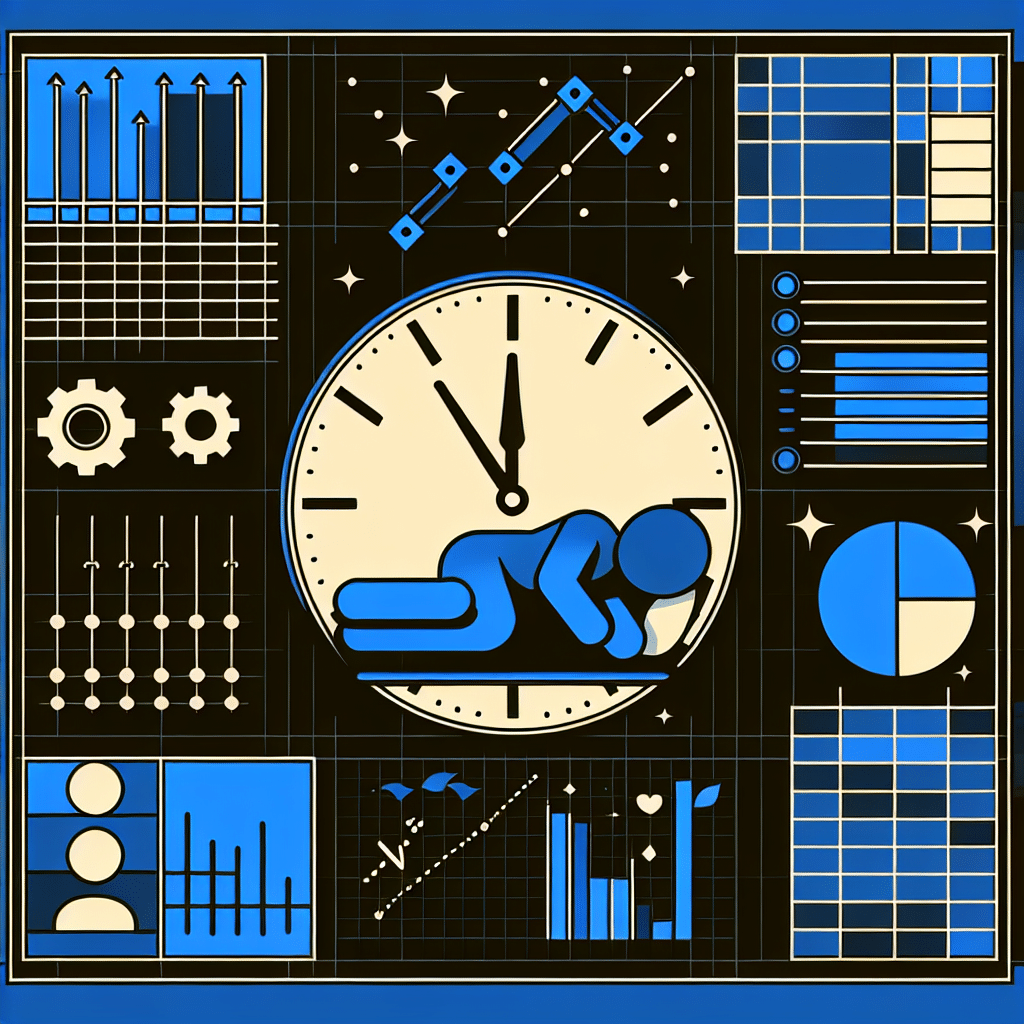Understanding the Importance of Naps
Napping is a powerful tool for enhancing productivity, mood, and overall health. While the benefits of napping are widely recognized, tracking your naps effectively can offer insights into your sleep patterns, leading to improved well-being. This guide will delve into techniques and methods to track your naps efficiently.
Benefits of Napping
Naps can provide several benefits, including:
- Enhanced Cognitive Function: Short naps can boost memory recall and learning abilities.
- Increased Alertness: A quick rest can reduce fatigue and improve focus.
- Mood Enhancement: Napping can help alleviate stress and enhance emotional regulation.
- Improved Physical Performance: Athletes often utilize naps to recover and enhance performance.
Types of Naps
Understanding different napping styles can maximize their benefits:
- Power Nap: Lasts 10-20 minutes, perfect for a quick refresh.
- Standard Nap: Ranges from 30 to 60 minutes, allowing for deeper sleep and cognitive restoration.
- Long Nap: 90 minutes, providing a full sleep cycle, including REM sleep, ideal for extensive recovery.
Tools for Tracking Naps
1. Sleep Apps
Numerous applications specifically designed for sleep tracking can help monitor nap patterns. Look for features like:
- Nap Reminders: Customizable alerts to help you establish a napping routine.
- Sleep Quality Analytics: Data on how restorative your naps are.
- Sleep Cycle Tracking: Insights into which stages of sleep you experience during naps.
Popular options include:
- Sleep Cycle: Offers detailed statistics and wake-up suggestions based on your sleep stages.
- Pzizz: Combines relaxing sounds with guided meditation to enhance napping efficiency.
2. Wearable Devices
Smartwatches and fitness trackers, such as the Fitbit or Apple Watch, provide valuable insights into your nap patterns:
- Heart Rate Monitoring: Tracking heart rate variability can indicate sleep quality.
- Sleep Duration Tracking: Helps document the length of your naps.
- Movement Sensors: Provide information on restlessness during naps.
3. Traditional Journaling
For those who prefer a low-tech approach, maintaining a nap journal can be an effective method:
- Date and Time: Document when you nap.
- Duration: Note how long you’ve slept.
- Sleep Quality: Rate how refreshed you feel upon waking.
- Circumstances: Record any factors affecting your nap (e.g., location, pre-nap activities).
Best Practices for Nap Tracking
1. Establish a Routine
Adopting a consistent napping schedule can improve nap quality:
- Aim for the same time each day to train your body to rest effectively.
- Keep naps short if you plan to sleep at night to avoid disrupting your primary sleep cycle.
2. Optimize Your Nap Environment
Creating an ideal napping environment can significantly enhance the restorative power of your naps:
- Darkness: Block out light using curtains or an eye mask.
- Quiet: Use earplugs or white noise machines to minimize distractions.
- Comfort: Ensure a suitable sleeping surface, whether a bed, sofa, or specially designed nap pod.
3. Use Light and Temperature
Circadian rhythms are influenced by light exposure:
- Light Exposure: Napping in a dark area helps increase melatonin production.
- Temperature Control: Keep the room cool to promote better sleep.
Analyzing Your Nap Data
Understanding the data generated from your tracking tools can lead to insights:
- Look for patterns: Note which days you feel more rested and energized, and which naps were less effective.
- Identify triggers: Record your pre-nap activities to find if they affect your nap quality.
- Adjust as necessary: If certain napping times yield poor results, modify your schedule based on your findings.
Common Nap Tracking Mistakes
Avoid these common pitfalls to ensure effective nap tracking:
- Overnapping: Long naps can lead to grogginess. Stick to recommended durations.
- Inconsistency: Random napping can disrupt your body’s natural rhythm. Aim for consistent timings.
- Neglecting Night Sleep: Don’t allow napping to replace adequate nighttime sleep; they should complement each other.
Conclusion
Tracking your naps effectively requires utilizing the right tools, establishing a routine, and creating an optimal environment. By remaining consistent and aware of the nuances of your naps, it’s possible to harness their full potential, leading to improved focus, productivity, and overall health. Embrace naps as a strategic part of your day, and enjoy the revitalizing benefits they offer!
